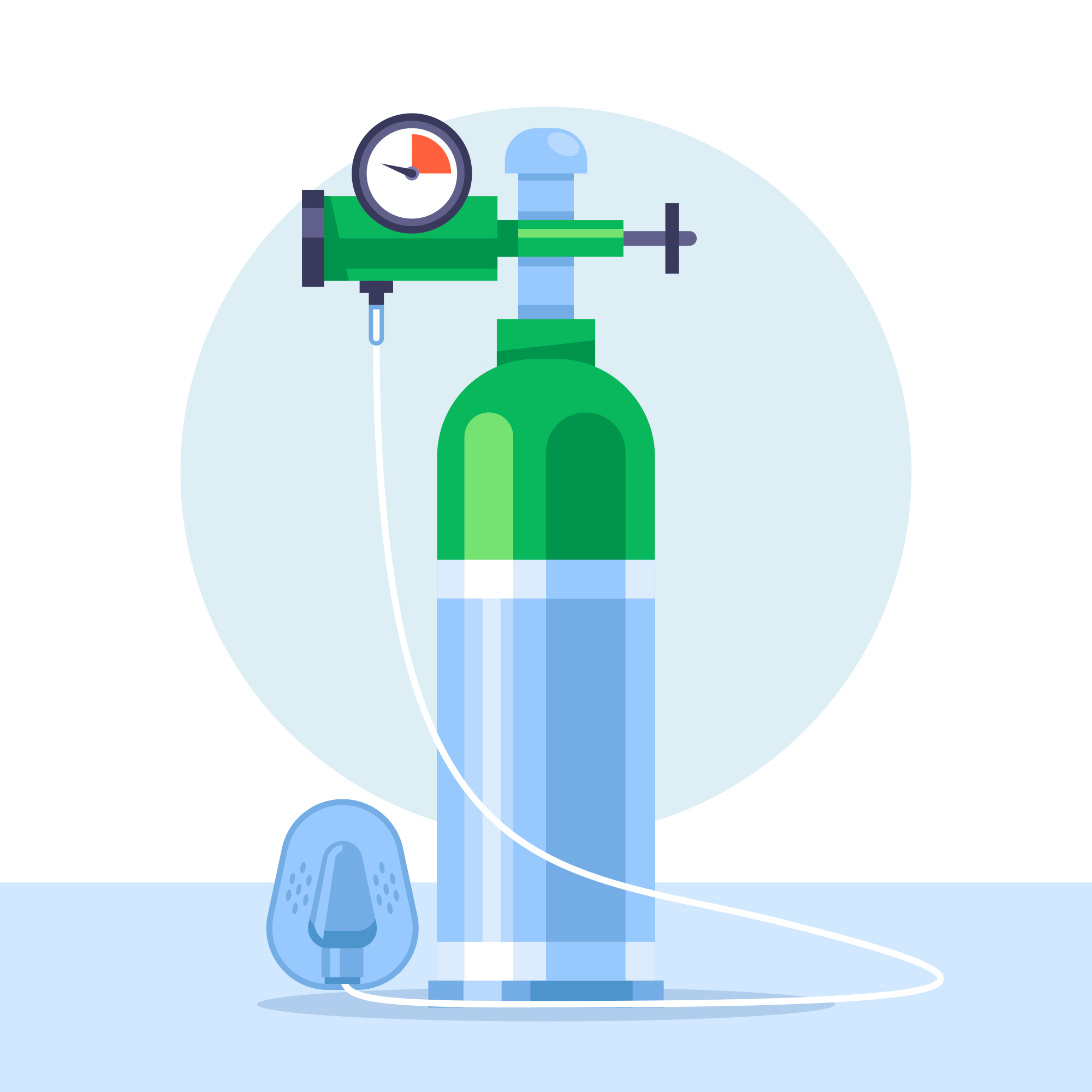
You’ve got two choices. We’re here to help you pick the best one.
When it comes to the treatment of severe chronic obstructive pulmonary disease (COPD) your physician or pulmonologist may prescribe oxygen therapy—among other available forms of treatment—as a way to ease the symptoms of the disease—namely shortness of breath.
This therapy is also required in a lot of patients post-surgery, accidental trauma or after any ailment. The way in which supplementary oxygen works is simple: it provides you a constant stream of oxygen directly through the nose to help ease your breathing and oxygen intake, regardless of your respiratory difficulty.
For those of you suffering from chronic lung disease, you can surely attest that an oxygen tank can be a godsend, let alone a necessity when going through a typical day with severe lung disease.
However, though the standard route of delivery for oxygen therapy is through the use of an oxygen tank, recently there have been new developments in the form of oxygen concentrators.
Good question, and with your health in mind, Homeland Healthcare is here to breakdown Oxygen Tanks vs. Oxygen Concentrators.
As we’ve stated above, the use of oxygen in the treatment of COPD and other lung diseases is typically prescribed when disease progression is particularly severe.
And this is key, because the use of oxygen therapy can actually be ineffective for those with mild COPD.
In regards to the application and benefits of oxygen therapy, the argument is pretty simple: oxygen therapy provides you with oxygen.
In the case of the most dominant symptoms of COPD—shortness of breath, increasing fatigue, coughing and sputum production—oxygen therapy serves as a direct method of oxygen infusion which relieves many of these symptoms immediately.
However, the problem of oxygen therapy is not that it’s effective—it is—it’s the fact that it doesn’t provide any real long-term symptom relief.
Despite using oxygen, your disease will continue to progress unimpeded, so in truth, oxygen therapy must be combined with another treatment option in order to preserve your quality of life.
In comparing oxygen tanks and oxygen concentrators it’s best to think of the two devices as unleaded gas and premium.
In the case of the use of oxygen tanks, the tanks are relatively inexpensive but are ultimately cumbersome, as you will need to keep 1-2 tanks on you at all times—particularly during long or extended trips.
As oxygen tanks are limited by a finite capacity (the size of the tank) this can produce an issue of portability for those who use them.
On the other hand, if you were to look at oxygen concentrators as premium gas, an associated higher cost is to be expected, however, in exchange for this higher cost the added benefits are clear.
The way in which oxygen concentrators work is that they draw in air from all around you and purify the air instantly and deliver it to you through your cannulas.
In this sense, there are no tanks to exchange. Once you purchase the device, that’s it. You’ve got a source of fresh oxygen for as long as you keep the device. What’s better is you can easily take it on rent from suppliers like Homeland Healthcare . We provide machines from Philips Respironics . All machines are in good working condition and properly serviced to maintain the quality of oxygen that you are receiving.

